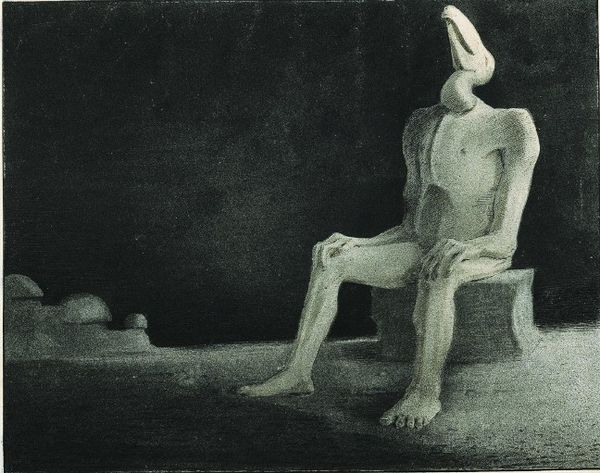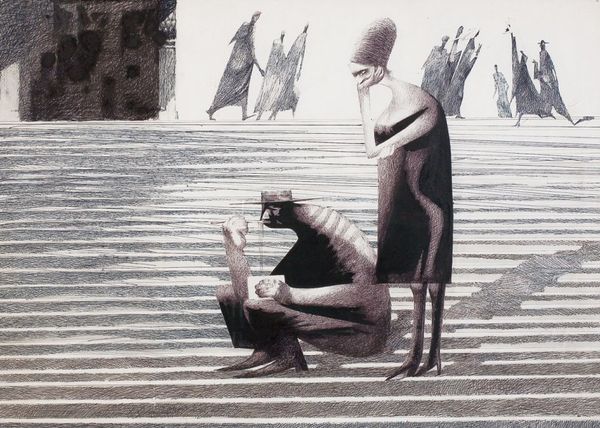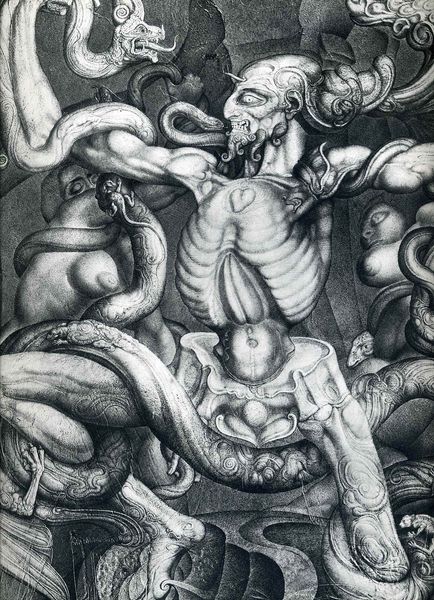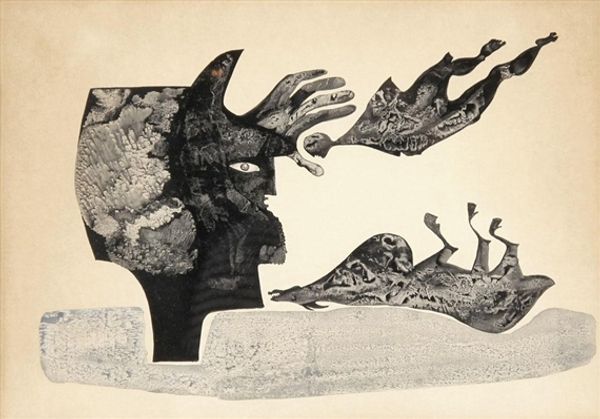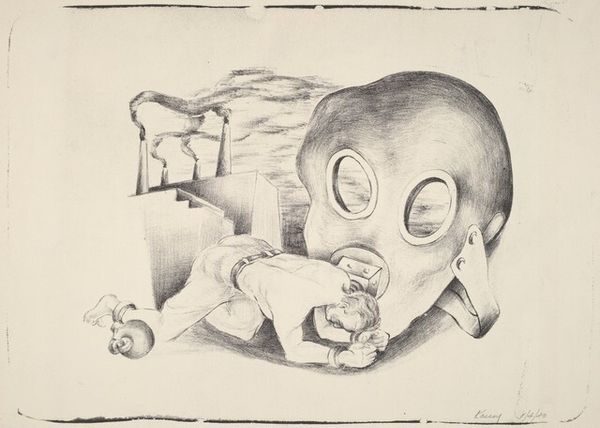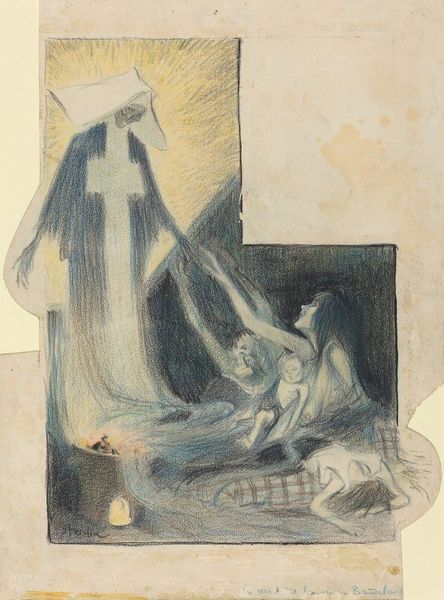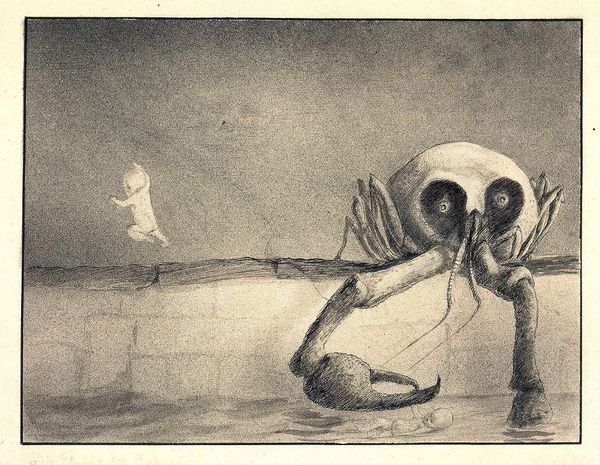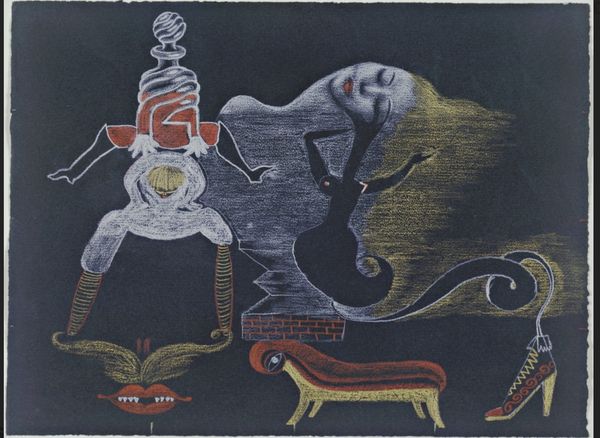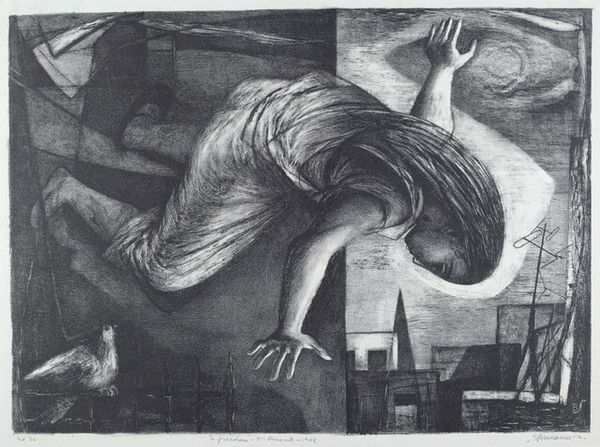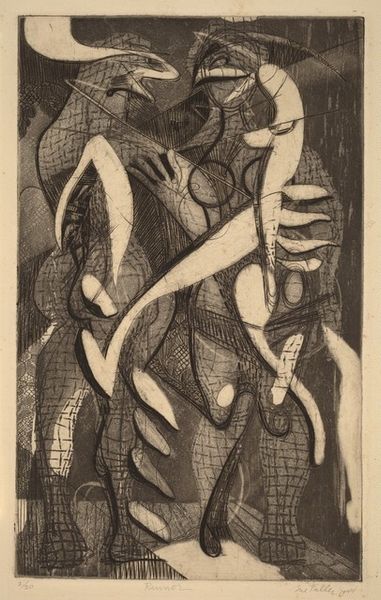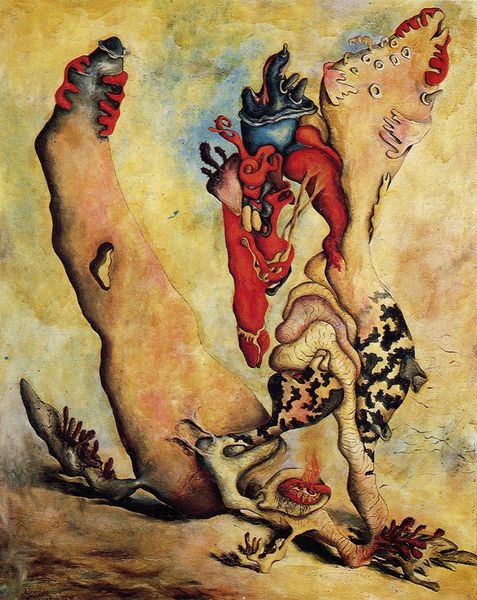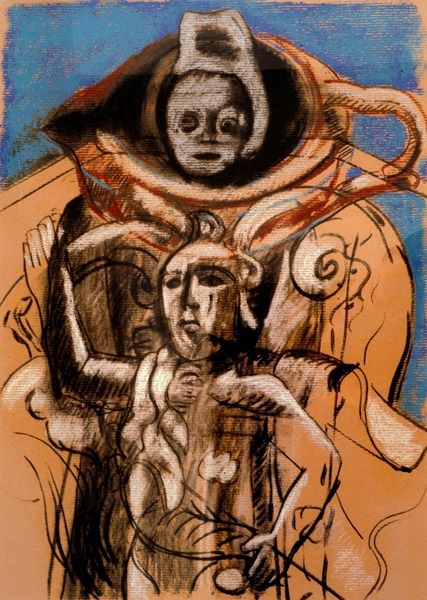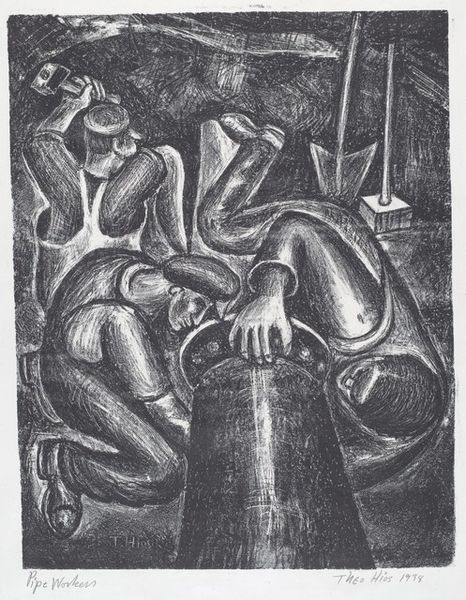
drawing, etching, dry-media, charcoal
#
drawing
#
etching
#
figuration
#
dry-media
#
oil painting
#
coloured pencil
#
pastel chalk drawing
#
line
#
charcoal
#
history-painting
#
nude
#
erotic-art
Copyright: Pablo Picasso,Fair Use
Curator: Here we have Picasso's etching, "Two Naked Women on the Beach," created in 1937. Editor: My immediate response is that this looks brutal and unsettling. There's a disturbing deformation of the human body at play. What are your thoughts? Curator: Deformation indeed, but also transformation. Picasso often distorted forms to unlock deeper psychological realities. The figures seem to echo primitive idol forms and resonate with classical sculpture, alluding to cyclical returns in history and primal expressions. Editor: It’s compelling how this piece feels so immediate. Given the lines suggesting drawing, and particularly since it is an etching, it reflects a directness in production – an unmediated act of expression pressed directly into the material, creating this intensity we sense so tangibly. Do we know much about the materials he used? Curator: While specific details about his etching grounds aren’t readily available, the very act of etching has potent symbolism. The acid "biting" the plate could be interpreted as violence or creation, a way of imposing the artist's will. It can serve as metaphor for the artistic process itself. Editor: This leads back to the theme: nude women. We keep talking around it... Picasso's rendering of flesh, the visible work he's put in manipulating those plates. How does the production influence the consumption, how we respond? Curator: The distortion is a provocation, perhaps to disrupt idealized images of women that existed throughout art history, questioning their function and portrayal. They feel violated in ways. Picasso seemed ever aware of how images embed historical memory and conditioning and he often engaged these constructs in his work. Editor: So, by disfiguring what society considers beautiful or passively erotic, is Picasso hoping to spark awareness that we consume art according to social frameworks? This means also considering his market, and which social and economic class this piece would appeal to. Curator: Exactly. In these lines, the artist reflects collective fears around sensuality. It acts as a visual echo chamber for changing values, using visual codes passed through history. Editor: Thanks for the cultural insights. This etching serves as a stark reminder that art isn't separate from material culture and consumption—it actively engages with it. Curator: And how charged the act of image making can become.
Comments
No comments
Be the first to comment and join the conversation on the ultimate creative platform.
